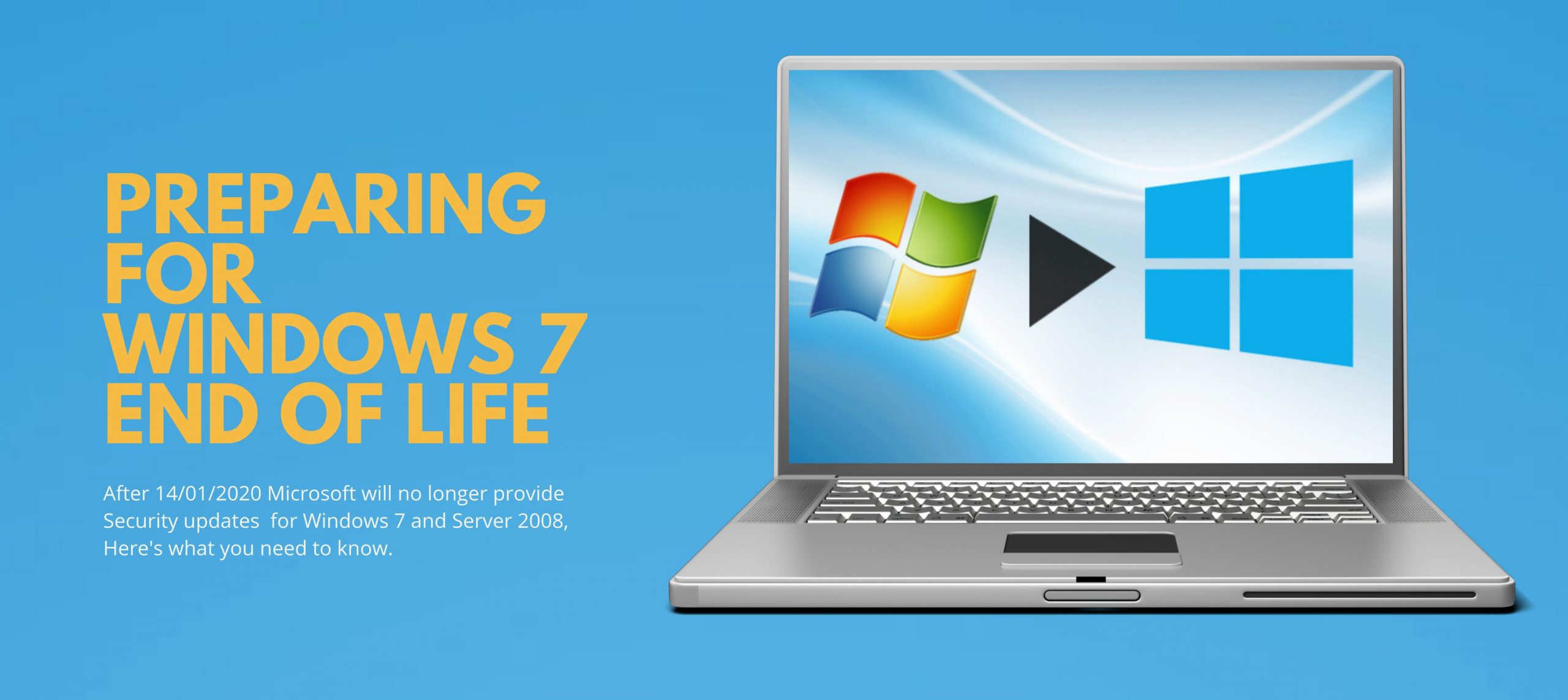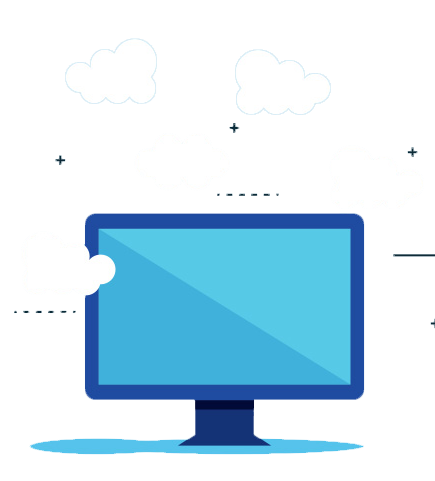
Windows 7 Support in Windows Virtual Desktop: Things to Know
January 14, 2020, will bid farewell to Windows 7 “free security updates”.
With Windows 7 support to end, what it means is, it will be prone to attacks without the latest security solutions guarding the vulnerable elements.
However, if you are a Windows 7 user, no need to panic with the end of Windows 7 support. You can keep running Windows 7 through Windows Virtual Desktop.
We will take a stroll here on the present and future of Microsoft Windows 7 post-Windows 7 support ending and if your business still prefers Windows 7, what options you have and what to expect in the future.
Why Microsoft is Doing Away with Windows 7
There are a couple of practical issues that Microsoft is facing with Windows 7. It is not viable for the company engineers to remain endlessly tied up in maintaining, updating, patching old/legacy operating systems. Neither the company has the best people to make it work safe and sound on newer versions.
The Crisis You Face Without Windows 7 Latest Security Updates
In one sentence, it’s a security risk.
Cybercriminals are aware of the End of Win 7 support and are fully geared up to take upon businesses running on Windows 7 without the latest security protection.
New vulnerabilities and malware will be created to take advantage of the unsupported Windows 7 OS to take over the holes in the software and vulnerabilities as there will nothing to stop them. The old security systems will not be good enough to safeguard against the latest vulnerability. Forget the real-time attacks.
Why Businesses Still Use Windows 7?
There are many reasons. In the first place, there could be many old user applications that will no longer run on Windows 10, and a good replacement application may not be available. Even if replacement-applications are available, migrating could bring issues with data conversion, retraining, etc.
Secondly, the user interface has changed in Windows 10 and needs a large bandwidth to run well. It can be a matter of choice for some users who prefer the fast and easy Windows 7 interface.
What Windows 7 Existing Customers Can Do?
They have two options.
Customers who don’t wish to upgrade to Windows 10, can purchase the Windows 7 security updates separately. It has a per-device price tag.
The best option for Windows 7 customers and the most cost-effective one is to move to the Windows Virtual Desktop (WVD) the desktop as a service (DaaS) from Microsoft. It will allow you to run Windows 7 on Azure Cloud along with security updates.
Else, you can run individual apps with virtual Windows 7 and using Windows 10 for everything else.
You get 3 years of security updates; all applications can use the same OneDrive for files, you can copy-paste between virtual and local applications, use the clipboard together.
You can run the same Windows VM from anywhere while traveling using any smart device. Then slowly you can discard the old machines that are just kept for running Windows 7 or upgrade to Windows 10.
To conclude, the legacy applications not supported by a modern OS will have to be replaced ultimately. Windows 7 virtualization is not a permanent solution. What virtual Windows 7 will do for you is, to buy you some time to make your transition easy.



